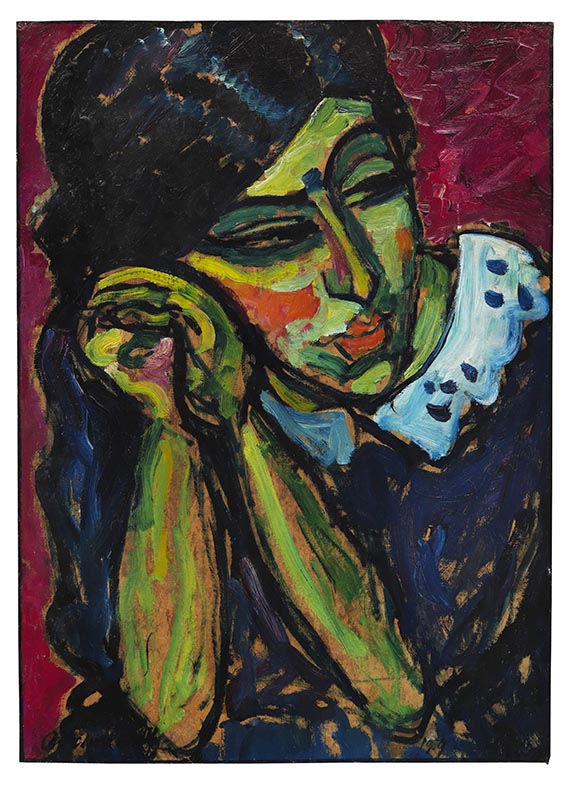Dictionary


Ashcan School / The Eight
The representatives of the "Ashcan School" / "The Eight" are an independent group within American Realism. The group's origins can be traced back to the year 1908, when eight painters, who had all shown works in an exhibition of the the New Yorker Macbeth Galleries, aligned. Members were Robert Henri (1865-1929), John Sloan (1871-1951), William J. Glackens (1870-1938), George Luks (1866-1933), Everett Shinn (1876-1953), Ernest Lawson (1873-1939), Arthur B. Davies (1862-1928) and Maurice B. Prendergast (1858-1924), obviously calling themselves "The Eight". Even though he did not participate in the exhibition, George Wesley Bellows (1882-1925) also counts as a member of the group.
The term "Ashcan School", appeared for the first time in the book "Art in America" by Holger Cahill and Alfred H. Barr Jr. In 1934, and became a fixed term, however, it had already been paraphrased as a metaphor for the depiction of reality in the works of the artists. Indeed, humans in an urban setting were the preferred subject of the Ashcan School, this way they expressed their socially critical approach.
The representatives of the Ashcan School were convinced that European art was no longer the measure of all things, but that the direct surroundings were the greatest source of inspiration. Besides that, dynamic movements play another important role in the works of the Ashcan School, as it is strikingly expressed in manifold ways, for instance in the depiction of a boxing fight (George Wesley Bellows, "Dempsey and Firpo", 1924) or in a tumultuous street scene (Everett Shinn, "Mouquin's", 1904).
The representatives of the "Ashcan School" / "The Eight" are an independent group within American Realism. The group's origins can be traced back to the year 1908, when eight painters, who had all shown works in an exhibition of the the New Yorker Macbeth Galleries, aligned. Members were Robert Henri (1865-1929), John Sloan (1871-1951), William J. Glackens (1870-1938), George Luks (1866-1933), Everett Shinn (1876-1953), Ernest Lawson (1873-1939), Arthur B. Davies (1862-1928) and Maurice B. Prendergast (1858-1924), obviously calling themselves "The Eight". Even though he did not participate in the exhibition, George Wesley Bellows (1882-1925) also counts as a member of the group.
The term "Ashcan School", appeared for the first time in the book "Art in America" by Holger Cahill and Alfred H. Barr Jr. In 1934, and became a fixed term, however, it had already been paraphrased as a metaphor for the depiction of reality in the works of the artists. Indeed, humans in an urban setting were the preferred subject of the Ashcan School, this way they expressed their socially critical approach.
The representatives of the Ashcan School were convinced that European art was no longer the measure of all things, but that the direct surroundings were the greatest source of inspiration. Besides that, dynamic movements play another important role in the works of the Ashcan School, as it is strikingly expressed in manifold ways, for instance in the depiction of a boxing fight (George Wesley Bellows, "Dempsey and Firpo", 1924) or in a tumultuous street scene (Everett Shinn, "Mouquin's", 1904).
Offers




